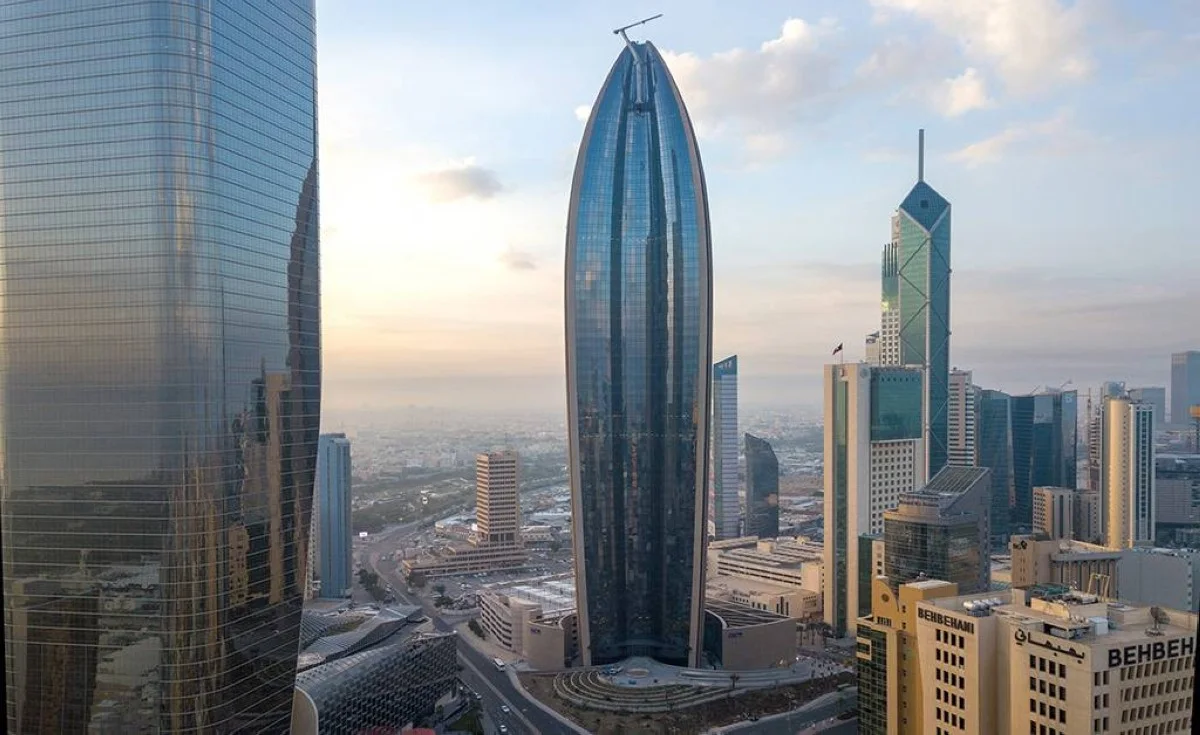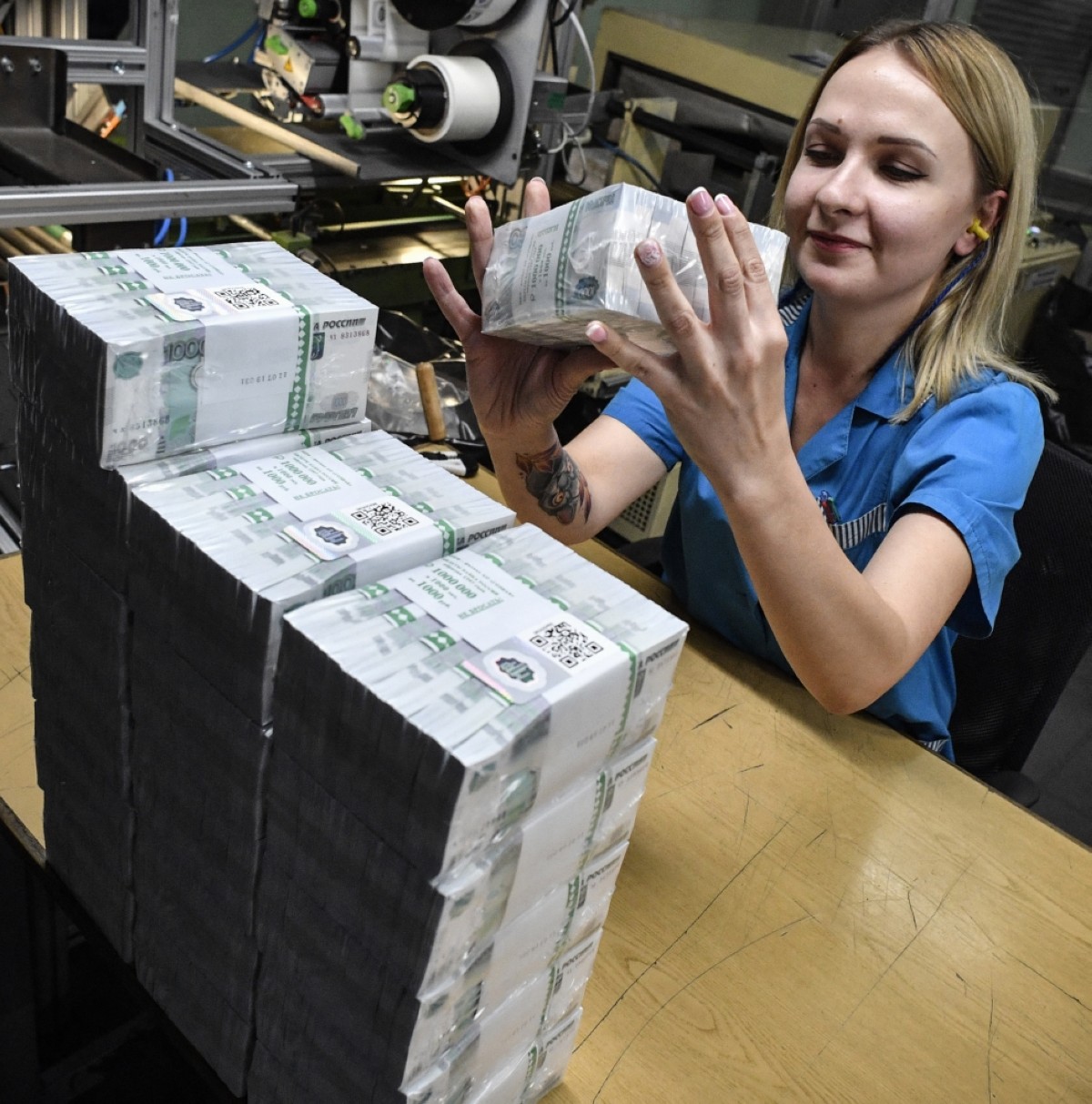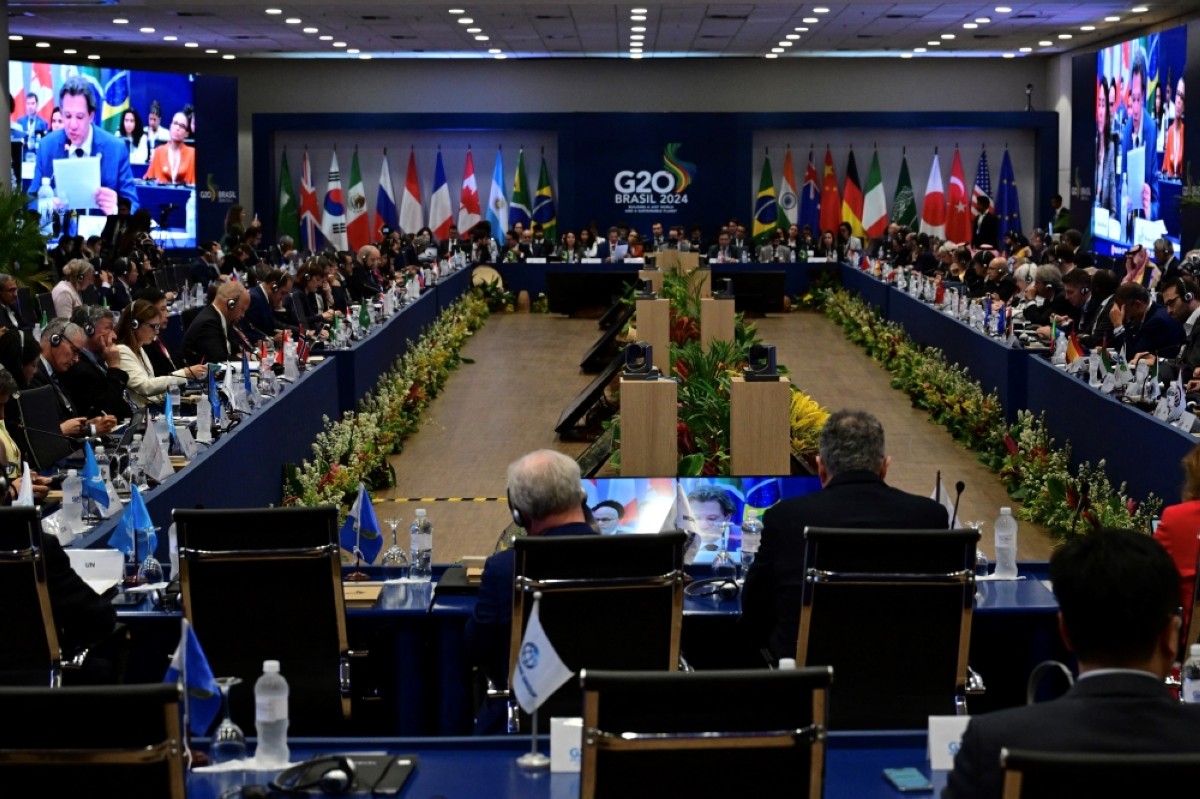Oil sector cuts weigh on Kuwait’s GDP growth; country to post modest deficit
KUWAIT: Kuwait’s economic growth was weighed down last year by cuts to oil output and a further slowdown in consumer spending.

Non-oil growth could pick up this year albeit from a low base, but the near-term recovery is unlikely to be a vigorous one given still elevated interest rates by recent standards, projected cuts in government spending and ongoing structural impediments which the new government should look to address. The public finances have flipped back into deficit, with capex being squeezed. Accelerating economic reforms are an upside risk to the outlook, while lower oil prices and persistently high interest rates are downside risks.
Economic growth has been ranging at modest levels with oil sector output constrained by Kuwait’s participation in OPEC+ production cuts (-400 kb/d since 2022) and subdued non-oil growth following its post-pandemic consumption-driven boost of 2021. Oil GDP is expected to contract further in 2024 (-6.9 percent) as Kuwait extends its deeper voluntary crude oil production cuts (-135 kb/d to 2.4 mb/d) from H1 to year-end. Next year should see some of these volumes return, albeit gradually, to ease oil market tightness. Headline growth, estimated at -1.8 percent in 2023, is not expected to turn positive until 2025 (+2.1 percent).
Non-oil growth
Growth in the non-oil sector, meanwhile, has been relatively muted, dropping to 0.3 percent in 2022, according to official figures, before rising to an estimated 1 percent in 2023 (based on provisional GDP figures for Q1-Q3 2023). Some pick-up is expected for 2024-25, at 2.5 percent per year. This partly reflects the low base of previous years – which is well below trend – but also that the slowdown in consumption growth through 2022-23 has largely run its course and that investment spending could pick up following a substantial rise in project awards last year.
We also believe that other activity metrics such as credit growth (only +1.7 percent in 2023) and real estate sales (-22 percent in 2023) have likely bottomed out, while interest rates could also be cut. Still, any near-term recovery is unlikely to be vigorous given the still-high level of global interest rates, scheduled cuts in government spending and also structural impediments to economic growth, especially bureaucracy, which the new government appointed in May 2024 should look to address. One positive has been the 615 kb/d Al-Zour refinery project, which since its launch in 2022has ramped up output of higher value-added products for export.
Inflation
Inflation has slowly trended lower (+3.0 percent in March) after persisting in the 3.7 percent range for most of 2023 on broad-based price rises, but especially in the food and clothing categories. Amid softer consumer demand versus earlier years, we expect inflation to fall to 2.5 percent (year average) by 2025 from 3.6 percent in 2023. Meanwhile, US monetary is expected to be loosened through 2024-25. The Central Bank of Kuwait’s policy discount rate currently stands at 4.25 percent, having increased by 275bps over the recent tightening cycle that began in 2022, versus 525 bps of tightening by the US Fed.
Deficits in the near-term
The public finances, following a first surplus in 2022 (11.5 percent of GDP) since 2014, are estimated to have reverted to a shortfall in FY2023/24 of KD 2.7 billion (-5.3 percent of GDP). This is on the back of double-digit expenditure growth (inflated by one-off items) and a sharp drop in oil revenues. This deficit is, nevertheless, well below budget estimates (KD 6.8 billion) thanks mostly to higher-than-expected oil prices ($84 versus $70 in the budget).
For the current fiscal year, in line with the still-to-be ratified budget, we see expenditures falling (-5 percent y/y) from the inflated FY23/24 base, which, with oil prices broadly steady, should result in a narrower deficit (3.8 percent of GDP). Our base case is that the government returns to a mildly more expansionary fiscal stance in FY25/26 (spending +4.5 percent y/y) focusing on accelerating investment spending on delayed infrastructure projects. This should support demand in the economy, while seeing the deficit widen slightly. Fiscal reform remains a priority for the government.
Key targets in the government’s 2023-2027 work agenda included setting medium-term expenditure ceilings, improving procurement practices, reforming subsidies, repricing public services, launching a corporate tax and approving the public debt law. Kuwait has preserved a very high sovereign credit rating over the past year and has enormous fiscal and external buffers held by the KIA (more than $930 billion), but access to the latter remains restricted by law. The flip back into persistent fiscal deficits from last year could eventually (over a run of years) result in a liquidity squeeze, until the contentious debt law is approved.
Lower oil prices the main risk
While our base case is that progress on economic reforms remains slow-going, accelerating reforms and investment-focused policy-making is a major upside risk to the outlook. Meanwhile, higher oil prices could ease budgetary pressures and result in higher public spending that boosts demand, while lower interest rates could deliver a faster recovery in consumer spending. Commensurately, a sharp drop in oil prices and persistently high interest rates are downside risks.











